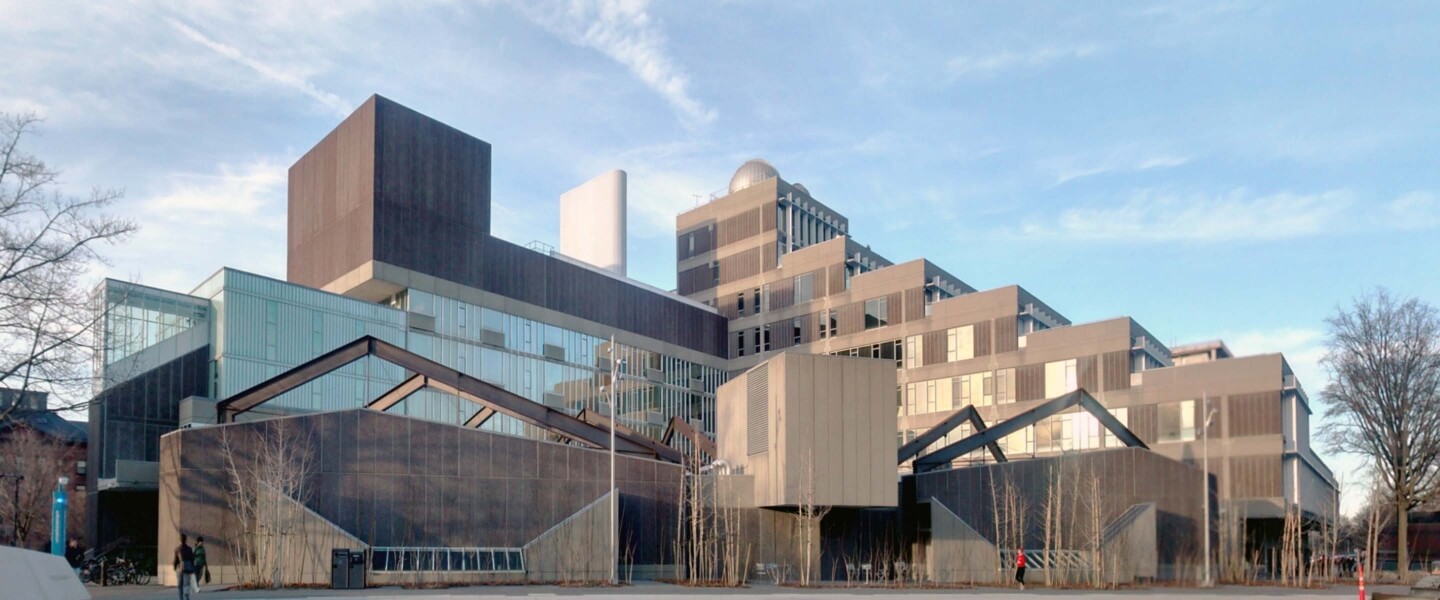Virtual Tour
Tour Stops
Tour Stops
https://seas.harvard.edu/tour/allston/1/science-and-engineering-complex-sec
https://seas.harvard.edu/tour/allston/2/114-western-avenue
https://seas.harvard.edu/tour/allston/3/east-atrium
https://seas.harvard.edu/tour/allston/4/main-atrium
https://seas.harvard.edu/tour/allston/10/engineering-yard
https://seas.harvard.edu/tour/allston/5/lower-level-1
https://seas.harvard.edu/tour/allston/6/lower-level-2
https://seas.harvard.edu/tour/allston/9/library
https://seas.harvard.edu/tour/allston/9/upper-floors
https://seas.harvard.edu/tour/allston/11/classrooms
https://seas.harvard.edu/tour/allston/12/allston-neighborhood
https://seas.harvard.edu/tour/allston/8/sustainability
https://seas.harvard.edu/tour/allston/7/active-learning-labs
https://seas.harvard.edu/tour/cambridge/1/harvard-yard
https://seas.harvard.edu/tour/cambridge/2/science-center-and-seas-history
https://seas.harvard.edu/tour/cambridge/3/labs-cruft-lise-mckay
https://seas.harvard.edu/tour/cambridge/4/pierce-hall
https://seas.harvard.edu/tour/cambridge/5/maxwell-dworkin
https://seas.harvard.edu/tour/cambridge/6/northwest-building
https://seas.harvard.edu/tour/cambridge/7/engineering-sciences-lab
2. Science Center and SEAS History
Located just north of Harvard Yard, the Harvard University Science Center was built in 1973 after a design by Josep Lluís Sert (then dean of the Harvard Graduate School of Design).
The Science Center houses the History of Science, Mathematics, and Statistics Departments; the Cabot Science Library; the Derek Bok Center for Teaching and Learning; the Collection of Historical Scientific Instruments; teaching laboratories for chemistry, physics, biology, and other sciences; innumerable faculty and staff offices; and facilities for central services such as mail and computing. In addition to its twenty general-use classrooms, its five main lecture halls seat up to several hundred students.
Harvard SEAS History
The formation of the Lawrence Scientific School at Harvard University in 1847, 30 years before Edison announced his invention of the phonograph, marked Harvard's first major effort to provide a formal, advanced education in science and engineering.
The School was named for Massachusetts industrialist and entrepreneur Abbott Lawrence, who donated $50,000 (an unprecedented sum at the time) to create the institution.
While the School initially thrived, in the latter decades of the 19th century, the institution faced increasing “competition” from the newly formed Massachusetts Institute of Technology (MIT) and was also constrained by the conflicting views about its role and status by the then Harvard President Charles Eliot.
Eliot, in fact, repeatedly, yet unsuccessfully, tried to "merge" the Lawrence School with MIT. As a result of such activities, the Scientific School became less of an independent entity, losing its influence and students to other parts of College and University.
In 1891, to bolster the School and engineering and applied sciences at Harvard, industrialist Gordon McKay designated the Lawrence Scientific School his beneficiary.
In 1906, however, before the first payment from his bequest arrived, the scientific and engineering programs of Lawrence Scientific School were incorporated into Harvard College and the Graduate School of Arts and Sciences.
In short, the Lawrence School ceased to exist as an independent entity. (McKay's gift, however, lives on, supporting over 40 endowed professorships today).
Although the structure to support faculty and research in engineering applied sciences underwent several reorganizations and names over the next century, advances in engineering and applied sciences remained a critical part of Harvard’s success and legacy in the coming decades.
